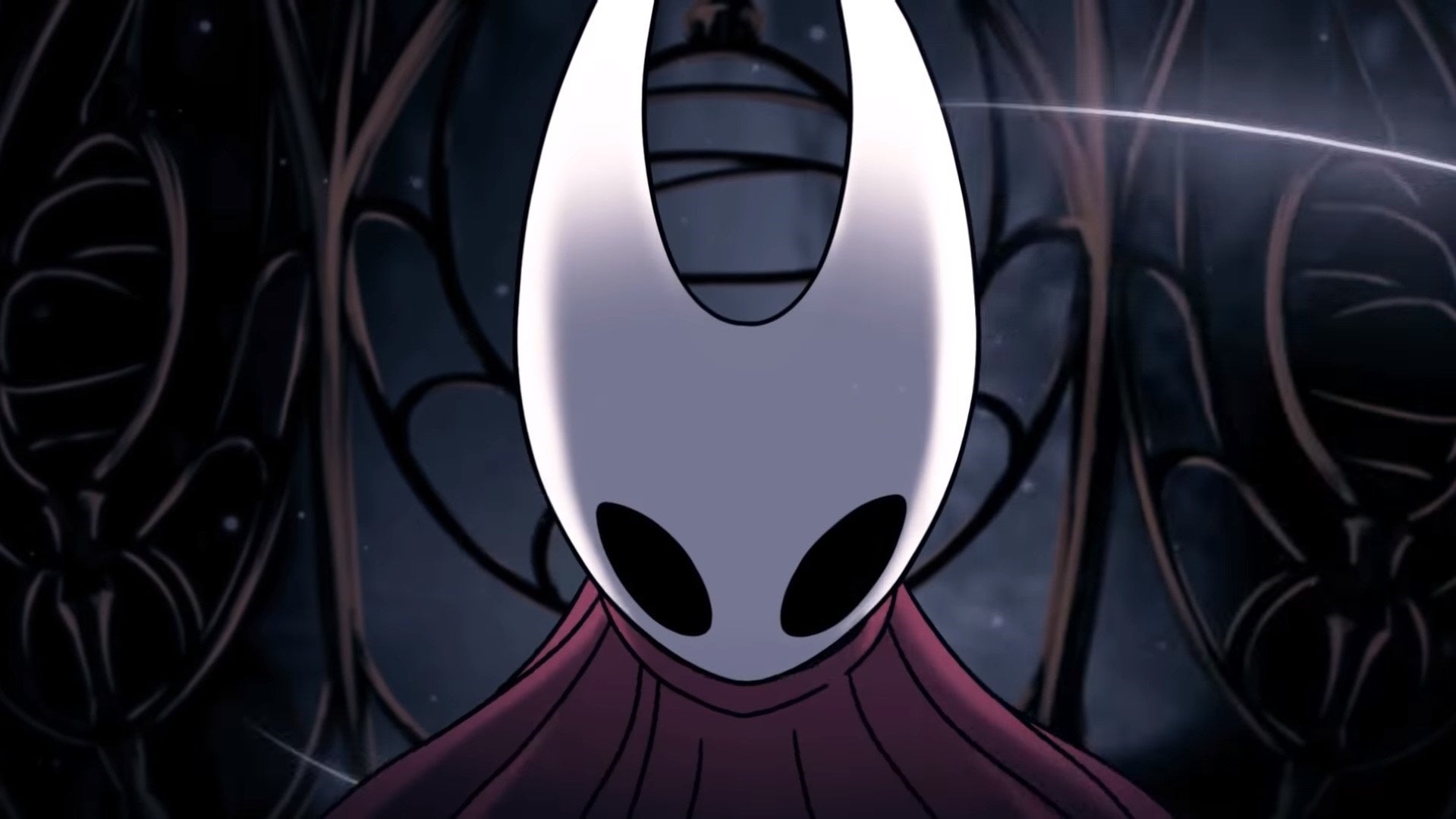Our favourite videogame vapourware: No Silksong Allowed Edition

Vapourware! We all say we despise it, but everybody loves thinking about games that spend an eternity in limbo, whether due to chronic mismanagement or simply because the developers feel no need to rush. So many teasers to unravel, so many conspiracies to bake from the most ludicrous of breadcrumbs, so much delicious exasperation to wallow in as yet another year goes by without a new trailer. Hollow Knight: Silksong is no longer vapourware, barring some extreme last-minute drama. Announced in 2019, it will finally launch this Thursday 4th September. To mark the occasion, we of the Treehouse have been chatting about our favourite examples of vapourware, if "favourite" is the right word.
Your contributions are very welcome. A question of terminology for the physicists in the comments: what should we call a vapourware game that has actually released? Condensedware? I await your complex mathematical explanations. In the meantime, here's James.
James: After nine years in development, Team Fortress 2 was worth the wait: an immaculately designed, deeply characterful multiplayer riot whose timelessness has seen it outlive almost all of the hero shooters it inspired. Yet it started out, shortly after 1999's Team Fortress Classic, as merely a brown-clad military FPS that even its own director Robin Walker would later admit "wasn't fun."
Image credit: Commie / Andicraft / Rock Paper Shotgun / ValveDespite a lack of drama involved in its subsequent, repeated delays - thank/blame Valve's usual secrecy for that - I still like TF2 as a piece of vapourware history, because it's an almost unique example of how taking forever (and shutting up about it) can actually work. The game that launched in 2007 followed "three or four" previous versions, according to Walker, and it's hard to conceive of any of them having the same degree of intricate inter-class play or endlessly entertaining physical comedy as what we eventually got. Besides, I've now been playing TF2 for a decade and a half. In terms of time profit, that's nine years well spent.
Jeremy: The biggest names in vapourware for me stem from the world of fangames. I was heavily into multiple fangame scenes when I was a kid - partly because I had no money - but also because I was raised on a diet of retro titles and dead series that were always a few years older than I was, and therefore ripe for fan interpretation. I'm thinking of stuff like Chrono Resurrection, Card Sagas Wars, Indiana Jones and the Fountain of Youth, and dozens of Sonic the Hedgehog and Megaman projects that either gently disappeared into the mists of the internet or suddenly perished, the victims of copyright takedown arrows.
However, the project that I was most interested in was Hero 6: Rite of Passage, a spiritual successor to Sierra's Quest for Glory franchise. Hero 6 was the biggest name to rise from a glut of fan projects that came in the wake of the series' last entry, 1998's Quest for Glory V: Dragon Fire. It was an ambitious ode to the early '90s, full of Celtic vibes, pixel art assembled by fans from across the world, and code scrabbled together via two different engines - Adventure Game Studio and a custom engine dubbed MAD. And of course, it fell apart - but not before it went through multiple iterations from 1999 to 2006, and then a brief revival in 2013.
From left to right - Chrono Resurrection, Card Sagas Wars, Indiana Jones and the Fountain of Youth, and Hero 6: Rite of Passage. If you recognise any of these screenshots, you and I inhabited very similar corners of the internet in our youths.You can still find fragments of Hero 6 if you know where to look, but most who remember it recall that it was simply a project that became too ambitious for its own good, duct-taped together by folks who either lost interest or moved on with life. Scope creep is a very real factor that kills most projects, and to be especially topical for a moment, Team Cherry has acknowledged that a dramatically expanding scale was part of the reason why Silksong took seven years to make.
That said, Heroine's Quest (available for free!) and Quest for Infamy are both out these days as Quest for Glory successors, and they're probably better than Hero 6 would've ever turned out to be. But it's fun to reminisce on what could have been - such is the appeal of vapourware both fanmade and "official," after all.
Mark: Fancy making your own Cyberpunk 2077 apology? You can do so with this handy tool. Image credit: Foone / Rock Paper ShotgunEdwin: I wish I had a relatively obscure piece of vapourware to write about, like one of Jeremy's fan games, or a crafty meta way of presenting my entry, like Mark. Instead, I'm just going to sit here and scream in horror as I try to remember the first time I wrote about Beyond Good & Evil 2. Ubisoft's... Cockney monkey comedy? Space pirate sim? has been in development for at least 17 years, comfortably beating the record once held by Duke Nukem Forever. I picture a recently graduated Edwin opening up Word 2007 to write about it in the tender innocence of youth. I still see that Edwin in the mirror sometimes, his face unlined and plump with enthusiasm for the Gamecube game he played at school with the cool photography mechanics and the garrulous pig uncle and the dinky spaceboat and the winningly pint-sized open world.
I'm flabbergasted that Ubisoft ever greenlit Beyond Good & Evil 2. The original is a wonderful game that is still worth learning from - amongst other things, it's the perfect antidote to the fatigue cultivated by Ubisoft's more recent historical explorathons - but it was a commercial failure. That the project made it through approval, then proceeded to cling on doggedly for the best part of two decades, probably owes a lot to former director Michel Ancel's close relationship with Ubisoft big boss Yves Guillemot.
Image credit: UbisoftIt's a project marked by smaller infamies. Ubisoft courted an "unpaid labour" controversy in 2017 by announcing plans for fan-created in-game art and music. In 2020, Ancel left Ubisoft amid allegations that he had been a disorganised and abusive manager; quite how much he really contributed over the years is an open question, given that he often seems to have been distracted by Rayman games and his own independent projects at Wild Sheep Studios. There have also been tragedies: in 2023, creative director and former Rayman Legends senior designer Emile Morel died suddenly at the age of 40.
Ubisoft told us in 2024 that Beyond Good & Evil 2 was making good progress, but I'm not excessively hopeful given Ubisoft's recent financial fortunes: they've now restructured with backing from Tencent to focus on the considerably better-selling Rainbow Six, Assassin's Creed and Far Cry. If this most belated of follow-ups ever sees daylight, I will be as fascinated to read an inside account of its development as I will be to actually play it.
But you, reader dear - what manner of vapourware has you most in a lather?













